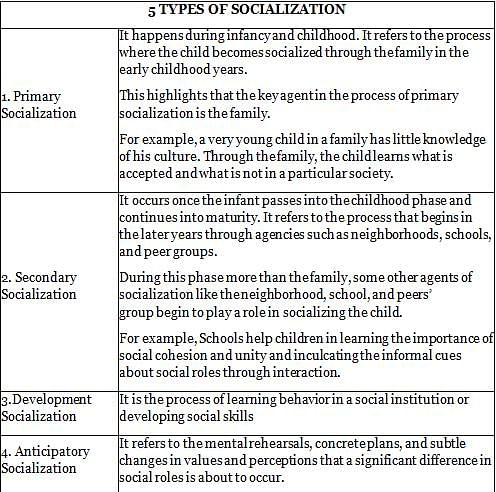CTET Paper 2 Mock Test - 7 (Science & Mathematics) - CTET & State TET MCQ
30 Questions MCQ Test CTET (Central Teacher Eligibility Test) Mock Test Series 2024 - CTET Paper 2 Mock Test - 7 (Science & Mathematics)
Determinants of individual differences in human beings relate to which of the following?
CBSE has prescribed group activities for students, in place of activities for individual students. The idea behind doing so could be
| 1 Crore+ students have signed up on EduRev. Have you? Download the App |
Developmental perspective of teaching demands teachers to
The news of 'a woman selling her child to obtain food' may be understood best on the basis of
Which of the following is a projective aid?
Extinction of a response is more difficult, following
Which of the following is NOT the tool for Formative Assessment in scholastic domain?
Which of the following statements is most appropriate about children making errors?
If the intelligence of an individual is 130, then which of the following statements is correct?
All of the following promote assessment as learning, except
Which of the following are criticisms of Kohlberg's theory?
A. Kohlberg proposed a theory without taking gender differences into consideration
B. Kolberg proposed that moral reasoning is developmental
C. Kohlberg did not account for cultural differences in moral reasoning
D. Kohlberg give six clear cut stage of moral development in three levels
What has been considered as a process of correcting behaviour by training?
How many weeks are recommended by the NEP 2020 - FLN to strengthen a child’s pre-literacy, pre-numeracy, cognitive and social skills?
A child always sympathizes with other child. This is which habit?
Which of the following is NOT a strategy for motivating students?
Assertion(A): Family, Neighbours, plays an important role in the language development of the child.
Reason(R): Socio-cultural environment emphasizes the learning of the language of a child and children can learn their native language through intimation.
The son of a doctor becomes an expert doctor. It is an example of:
Which of the areas of individual differences is most important for organising educational programmes effectively?
NCF 2005 emphasizes the most is:
In child centred education, what the child has to learn, should be
Which of the following is a constructive approach for dealing with the 'misconceptions' carried by students?
Peer groups are the agent of _______.
Which of the following may not be expected from a teacher to keep in mind while respecting individual differences?
During classroom discussions, a teacher often pays more attention to boys than girls. This is an example of:
'Learning is any change in behaviour, resulting from behaviour' who said it?
Assertion (A): Gender norms are socially constructed and often limit individuals from defining their own identity freely within traditional categories.
Reason (R): Society typically associates specific behaviors and characteristics with gender, leading to the reinforcement of traditional gender roles.
Assertion (A): Children in the formal operational stage demonstrate logical use of symbols related to abstract concepts.
Reason (R): Early in the formal operational stage, there is a temporary return to egocentric thought.
Assertion (A): Early childhood experiences have a minimal impact on long-term development.
Reason (R): The foundational development that occurs in childhood is primarily determined by genetic factors.
Assertion (A): Formative assessment involves providing feedback to learners.
Reason (R): Summative assessment determines overall learning outcomes.
Assertion (A): Early infantile laughter typically emerges around 3 to 4 months after birth.
Reason (R): Laughter in infants is an important social cue, indicating joy and engagement.
|
178 docs|90 tests
|
|
178 docs|90 tests
|




















